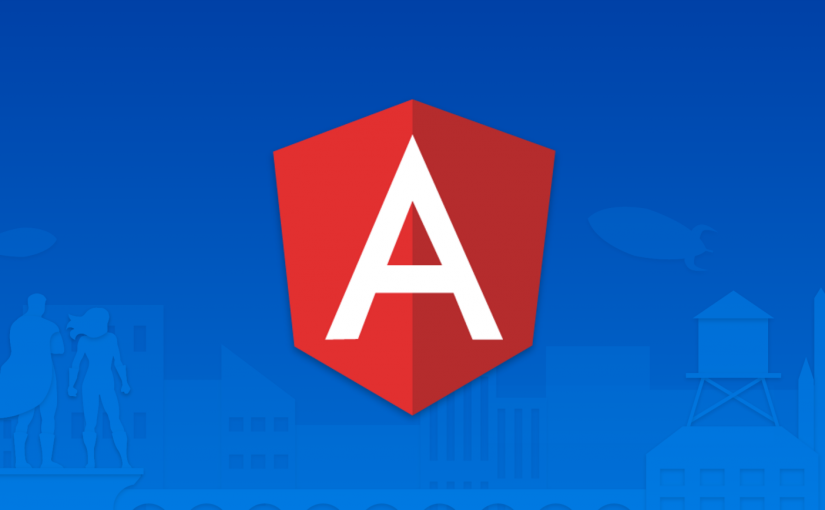Recently we brought a Cordova-based web app which already runs successfully on iOS and Android to Windows Phone 8.1. One of the issues you will definitely come across when porting your app to this platform is the handling of the back button, an essential part of Windows Phone’s user experience.
By default, pressing the back button on Windows Phone closes your Cordova-based app, regardless of the current state. Instead, the back button should bring you back to the previous view; except on the main page, where pressing it must suspend the current app (according to the Windows Store Policies, 10.4.4):
Where applicable, pressing the back button should take the user to a previous page/dialog. If the user presses the back button on the first page of the app, then the app terminates (unless it is allowed to run in the background).
Not respecting those policies may not only lead to a rejection of your app, but also to bad ratings in the Store.
Continue reading Looking Back: AngularJS, Cordova and the Windows Phone Back Button


